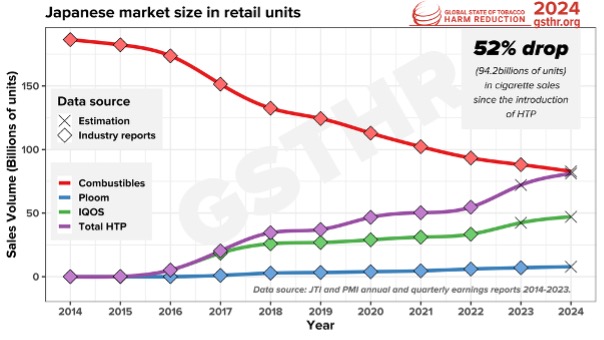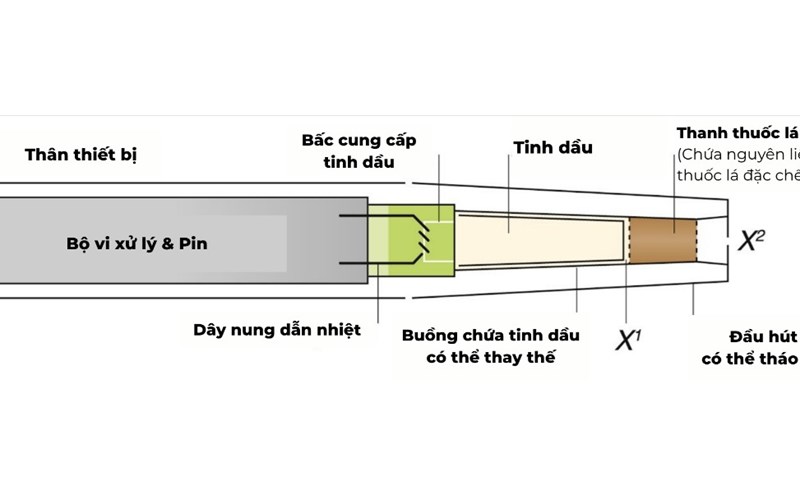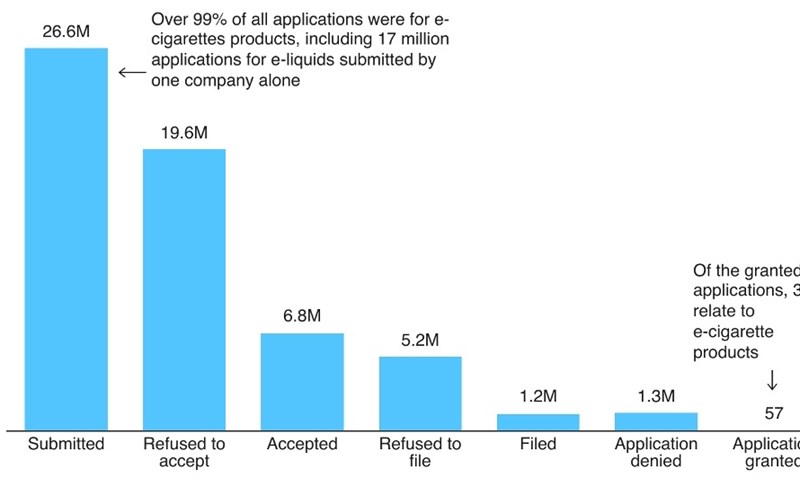switch to alternative products: Flexible and humane solutions for smokers
In Japan, with many years of experience in smoking cessation treatment and based on the latest survey of the Japanese Ministry of Health, Dr. Yuya Kumamaru - Deputy Director of AOI International Hospital said: Although quitting smoking is always a priority goal, 30% of smokers still have relapse after 1 year of treatment. Therefore, health experts and policy makers have shifted to a more flexible approach - harm reduction strategy. This is a way to use public health measures and policies to minimize health risks for smokers when they cannot quit.
Prof. Tetsuhiko Sato, Kwansei Gakuin University, further explains that reducing harm is a way to respect each person's right to choose what is good for their health. This is a popular approach in the world: not completely banning harmful things but reducing risks based on actual data.
In tobacco control, harm reduction is achieved by replacing cigarettes with non-smoking products such as heated tobacco products (TLNN).
Many people still think nicotine is the culprit behind diseases such as cancer or cardiovascular disease. However, studies have shown that most of the harmful effects come from toxins generated when burning cigarettes.
Many international health agencies agree that because there is no combustion process, smoke-free cigarettes are expected to significantly reduce the amount of toxins compared to cigarettes.
Member of the House of Representatives of Japan Hiroaki Tabata, Chairman of the Committee on Health, Labor and Welfare, also said that the Ministry of Health and government agencies need to proactively and clearly communicate so that people know that smoke-free alternatives are a harm-reducing choice, even though this product is still harmful.

In Russia, according to Dr. Isaeva Elena Rudolfovna - Head of the Department of General psychology and Clinical Medicine of Pavlov University of Science and Technology Saint Petersburg (formerly Leningrad Institute of Medicine), temporarily switching from cigarettes to non-commercial products can help reduce the harmful effects of cigarette smoke, reduce health risks and support smokers to completely quit.
However, the health sector of many countries believes that smoke-free cigarettes still contain nicotine, so users still have difficulty withdrawing. However, according to Takashi Kadokura, President of the BRICs Economic Research Institute, if users instead of continuing to smoke cigarettes, switch to alternative products that reduce the harm, the health risks for themselves and the surrounding community will be significantly reduced, helping to maintain tax revenue for the government.
Practical results from pioneering countries
In many countries, strategies to reduce the harmful effects of tobacco are bringing positive results. For example, in Japan, since the legalization of electronic cigarettes in 2014, cigarette sales have fallen more than 52% in a decade. The smoking rate in this country has decreased sharply, from 31.7% to 19.4% (in 2000-2024).

Sweden also encourages people to use smoke-free cigarettes and has conducted many scientific studies, showing that nicotine does not cause cancer if absorbed without burning.
In Asia, Indonesia is one of the pioneering countries to apply a strategy to reduce the harmful effects of tobacco when legalizing the foreign currency very early. The government believes that if the product is well managed, society will benefit, said Dr. Jeffrey Ariesta Putra, General Surgery specialist at Panti Rapih Hospital, Yogyakarta.
According to Dr. Jeffrey, not opening up safe alternatives makes it easier for smokers to switch to smuggled cigarettes, which poses a potential health risk, puts pressure on the health system, and loses budget revenue.
In fact, some countries that apply strict tobacco control measures such as Australia, Thailand, India, Singapore face many consequences: endless smuggling, young people still use cigarettes and electronic cigarettes despite the ban...
Therefore, experts emphasize that tobacco control measures need to be based on practical data and scientific evidence. Because each policy not only affects the economy but can also lose opportunities to improve public health, in which reducing harm is a typical example.











